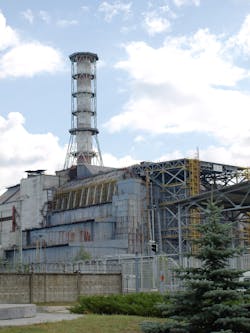In accordance with a consent decree and in line with requirements under the Clean Water Act, the U.S. Environmental Protection Agency (EPA) will propose a range of options to help reduce dangerous pollutants, including mercury, arsenic, lead and selenium that are released into America’s waterways by coal ash, air pollution control waste and other waste from steam electric power plants. The proposal includes a variety of options for whether and how these different waste streams should be treated. EPA will take comment on all of these options, which it will use to help inform the most appropriate final standard.
Steam electric power plants currently account for more than half of all toxic pollutants discharged into streams, rivers and lakes from permitted industrial facilities in the U.S. High exposure to these types of pollutants has been linked to neurological damage and cancer as well as damage to the circulatory system, kidneys and liver. Toxic heavy metals do not break down in the environment and can also contaminate sediment in waterways and impact aquatic life and wildlife, including large-scale die-offs of fish.
EPA has put a focus on ensuring any final rule would protect public health while being sensible and achievable, and in line with that goal, under every preferred option proposed by EPA, more than half of America’s coal fired power plants would be in compliance without incurring any additional cost.
The proposal updates standards that have been in place since 1982, incorporating technology improvements in the steam electric power industry over the last three decades as required by the Clean Water Act. The proposed national standards are based on data collected from industry and provide flexibility in implementation through a phased-in approach and use of technologies already installed at a number of plants. Under the proposed approach, new requirements for existing power plants would be phased in between 2017 and 2022, and would leverage flexibilities as necessary.
The four preferred options differ in the number of waste streams covered (such as fly ash handling systems, treatment of air pollution control waste and bottom ash), the size of the units controlled and the stringency of the treatment controls to be imposed. EPA estimates that the regulations would reduce pollutant discharges by 470 million to 2.62 billion lb annually and reduce water use by 50 billion to 103 billion gal per year.
EPA also announced its intention to align this Clean Water Act rule with a related rule for coal combustion residuals (CCRs, also known as “coal ash”) proposed in 2010 under the Resource Conservation and Recovery Act. The two rules would apply to many of the same facilities and would work together to reduce pollution associated with coal ash and related wastes. EPA is seeking comment from industry and other stakeholders to ensure that both final rules are aligned to reduce pollution efficiently and minimize regulatory burdens.
The public comment period on the proposed rule will be open for 60 days after publication in the Federal Register. The agency is under a consent decree to take final action by May 22, 2014.
Clcik here for more information.
Source: EPA


